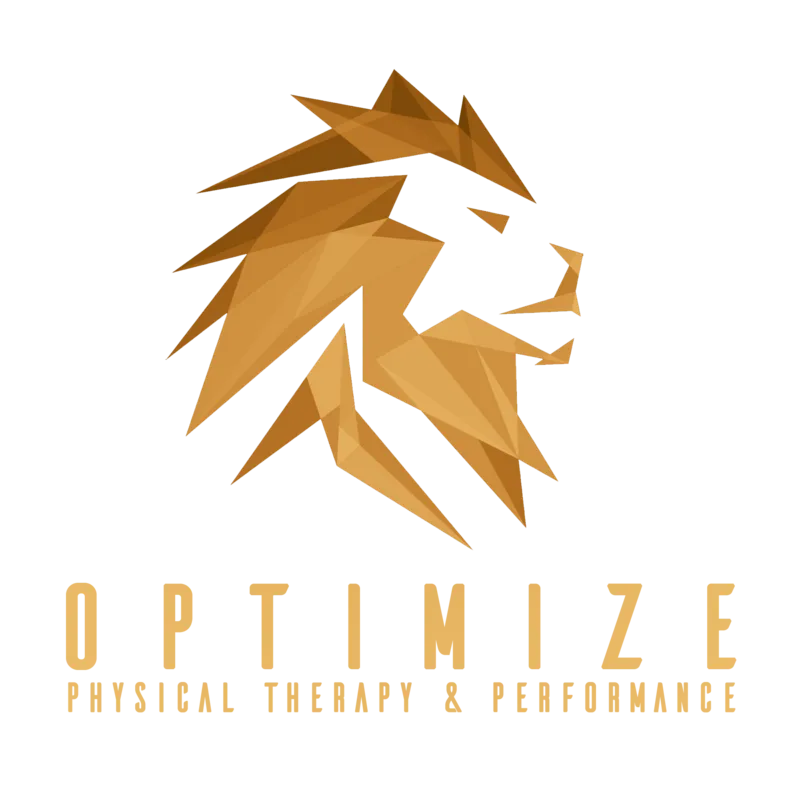Manual therapy is a type of physical therapy that utilizes the hands instead of an instrument or machine, and it can be an effective way to relieve pain and improve mobility. It is a safe, non-invasive treatment method that has been utilized successfully with thousands of patients. However, it should be remembered that this option may not be suitable for everyone.
Mobilization
Manual therapy, often combined with other pediatric physical therapy techniques, utilizes the therapist’s hands to reduce pain and increase range of motion. This type of treatment has proven highly successful for treating various conditions after an in-depth assessment of your individual requirements.
Your massage therapist may utilize a variety of massage techniques, depending on the condition and treatment objectives, such as transverse friction, edema, effleurage, petrissage, kneading, rolling, vibration and percussion/tapotement. These movements help increase circulation to the affected area, break up scar tissue adhesions in recovering tissues and stimulate healing and tissue regeneration.
Your therapist may recommend joint mobilization/manipulation depending on your condition. These precise movements at various speeds and forces can loosen tight tissue around joints, leading to greater mobility and flexibility.
Myofascial Release
Myofascial release (MFR) is a manual therapy that works with the fascia, or layer of connective tissue surrounding all organs, nerves, muscles and bones in the body. Studies have demonstrated that MFR can reduce pain, improve function and quality of life for those suffering from fibromyalgia.
Therapists use their hands to detect subtle differences in fascia that indicate tension. They adjust their technique according to how the patient’s body responds to treatment.
Myofascial release can effectively treat pain in any area of the body. It has been known to alleviate symptoms related to back pain, neck pain, fibromyalgia and pelvic health challenges such as prolapse. Furthermore, it may provide temporary relief from headaches, anxiety and depression.
Range of Motion
Range of motion (ROM) refers to the range of movement a joint or muscle has over an established distance and in one direction. Your body’s joints, supporting muscles, ligaments, tendons, and connective tissues require normal ranges of motion for optimal functional mobility and pain-free motion.
Range of motion is measured in degrees and typically assessed during a physical therapy evaluation or when a joint has been injured. Each joint has an established reference value that defines “normal,” and most people have ranges close to this established norm.
Active range of motion (ROM) refers to using your muscles to move a body part, contracting and relaxing them as you do so. When you bend your elbow, for instance, your biceps muscle contracts while your triceps relaxes – leading to joint movement.
Passive range of motion (PROM) is when an outside force, like your physical therapist, moves your joint beyond its maximum capacity without assistance from you. PROM can be especially helpful during the early stages of recovery from injury or surgery when it’s difficult for you to move your limbs on your own. It helps avoid contractures, pressure sores, and spasticity in those cases where propulsion from above isn’t possible.
Traction
A manual therapist uses their hands to manipulate muscles and joints in order to promote healing, reduce pain, and enhance movement. They may also massage and stretch soft tissues such as ligaments or tendons in your body for added relaxation.
A therapist will evaluate your condition and decide if manual therapy is beneficial for you. They also discuss your goals and expectations regarding treatment.
Manual therapy, when utilized as part of a comprehensive recovery plan, can be highly effective at relieving pain and restoring function. Not only does it increase range of motion and flexibility, but it may even be employed to address chronic pain conditions like fibromyalgia.
Traction is an innovative technique used to treat conditions such as musculoskeletal pain, arthritis and herniated discs. It has the potential to loosen tight tissues around joints while decreasing inflammation, pain and swelling.
If you are interested in learning more about manual therapy and how it can benefit you, please contact us to schedule an appointment with our team of specialists.


